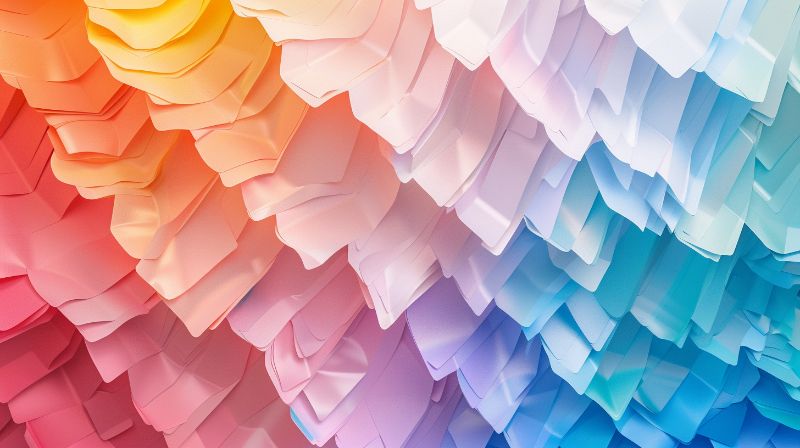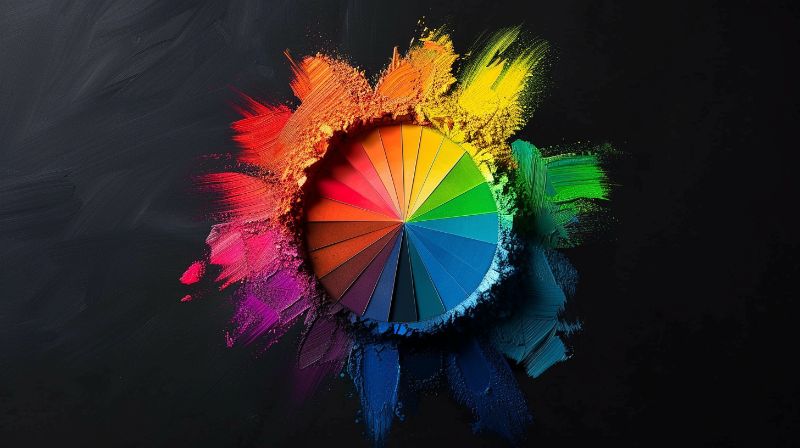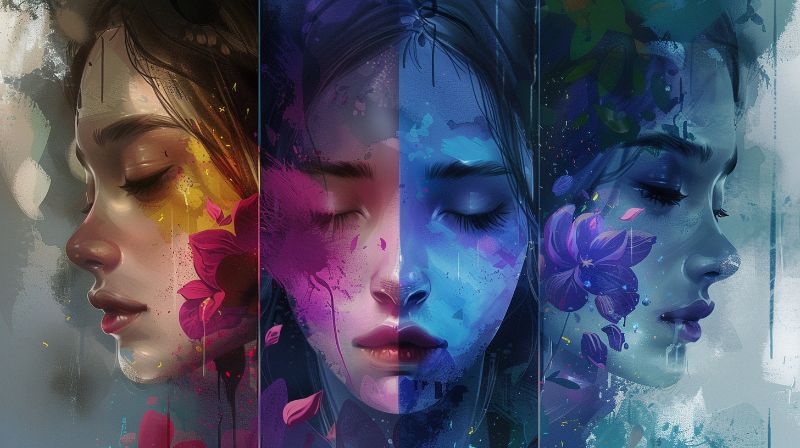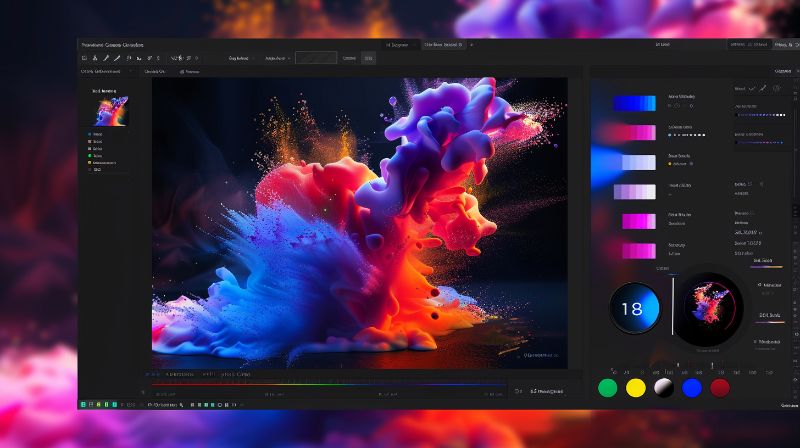Blending Colors for Unique Palettes
Master the art of blending colors to create harmonious and unique palettes for web design, branding, and digital art projects.
3 min read · May 7, 2025
Creating harmonious and unique color palettes is an essential skill in design. Whether you're working on web design, branding, or digital art, understanding how to blend colors effectively can enhance your creative projects. In this article, we’ll explore how to mix colors to create diverse palettes and how our Color Blending Tool can assist you in this process.

The Basics of Color Mixing
Color mixing involves combining different colors to produce new hues. This can range from simple blends of primary colors to complex combinations that result in unique shades.
- Primary Blends: Mixing primary colors to form secondary colors.
- Advanced Blending: Combining multiple colors to create nuanced and rich palettes.

Techniques for Effective Color Blending
There are several techniques to blend colors effectively, each suited to different design needs and outcomes:
- Linear Blending: Creating a gradient where colors transition smoothly from one to another.
- Overlay Blending: Combining colors by layering them with different opacities.
- Segmented Blending: Forming a stepped gradient where distinct colors are visible, useful for clear separation in design elements.

Mastering Color Blending Techniques
Creating beautiful color palettes requires understanding how different blending techniques can achieve various effects. Here are some practical approaches to consider:
Interactive Learning: Practice makes perfect when it comes to color blending. Interactive exercises can help you develop an intuitive understanding of how colors work together and how different blending techniques affect the final result. A guess color blend game can be an engaging way to test your color knowledge and learn about blending through play.
Systematic Approach: Start with your base colors and systematically experiment with different blending methods. Try linear blending for smooth transitions, overlay blending for depth, and segmented blending for clear distinctions.
Quality Control: Always test your blended palettes in the context where they'll be used. A palette that looks great in isolation might not work as well in your actual design.

Practical Applications of Blended Palettes
Blended color palettes have versatile applications in design:
- Web Design: Create visually appealing backgrounds and elements with smooth or stepped gradients.
- Branding: Develop cohesive brand colors by blending primary brand hues to create secondary and tertiary options.
- Digital Art: Enhance your artwork with rich, nuanced colors by blending different shades and tones.
Conclusion
Mastering color blending allows you to create dynamic and harmonious palettes that can transform your design projects. The key is to understand the principles behind different blending techniques and practice applying them in various contexts. Whether you're creating smooth gradients for backgrounds or stepped transitions for data visualization, the right blending approach can elevate your designs and create more engaging visual experiences.